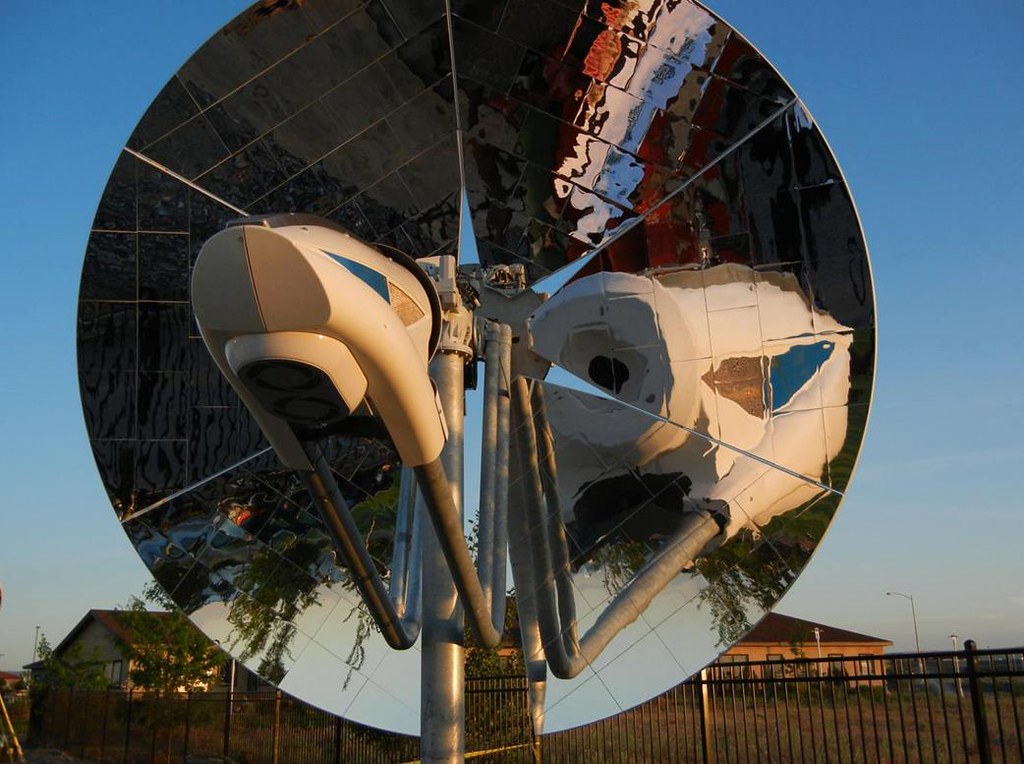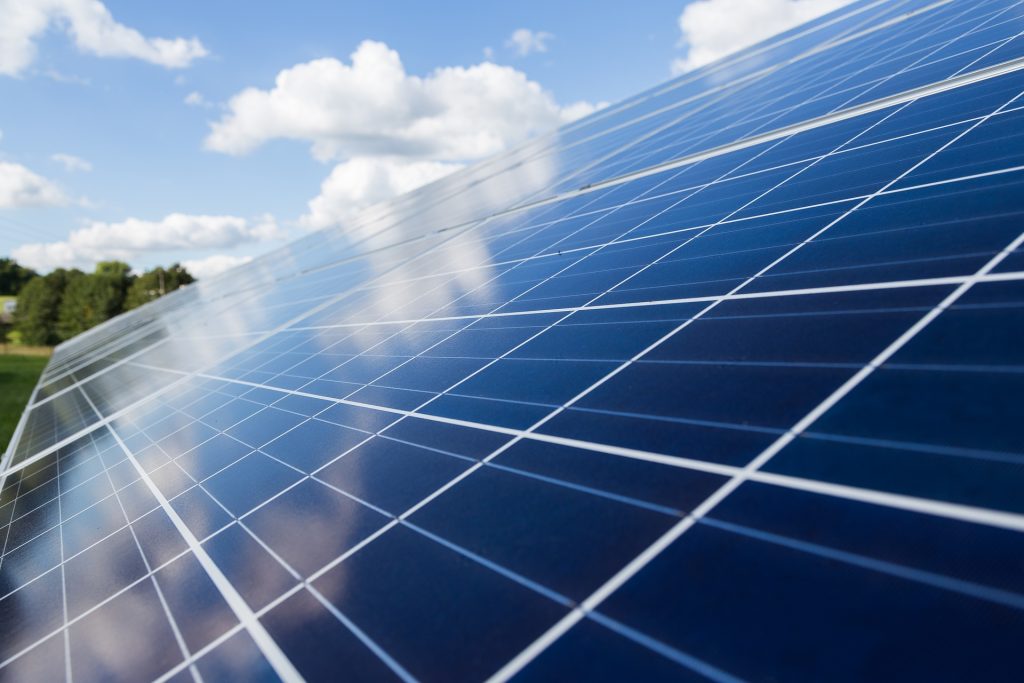
The power industry has two main methods for solar-electrical conversions including Concentrated Solar and Photovoltaic. Both types must be considered as we continue to explore renewable options for power production.

Concentrating Solar Power (CSP) plants use mirrors to direct solar energy creating high temperatures in the heat exchangers. The temperatures are high enough to generate steam, and that steam is used to generate electric energy. The electric energy is produced using a steam turbine similar to that used in most fossil fuel power plants.
The three major types of concentrating solar thermal power plants currently in use in the industry are:


Photovoltaic solar-electrical conversion is the most common way to convert solar energy to electrical energy. A photovoltaic (PV) cell is commonly referred to as a “solar cell.’ An assembly of many PV cells or solar cells is referred to as a “solar panel.” Solar panels are used to convert solar energy from the sun into electrical energy. Photovoltaic systems transfer solar energy directly to electrical energy, unlike the concentrated solar thermal plants that transfer the solar energy to thermal energy, which is then converted to electrical energy.

One major drawback of solar energy production is a large amount of land required for power production. Concentrated solar typically takes up more land per megawatt of generation than photovoltaic. On average, concentrated solar power plants occupy 10 acres/MW of generation while photovoltaic farms occupy 8 acres/MW of generation. In comparison, traditional coal-fired and natural gas power plants occupy approximately 0.5 and 0.35 acres per MW of generation, respectively. When land use by solar energy production is compared to that of traditional power production, the 2-acre difference between concentrated solar and photovoltaic seems even more important.
Photovoltaic systems can be installed anywhere concentrated solar can be installed. However, areas of the world where concentrated solar power is effective are limited. Commercial concentrated solar thermal power plants are only profitable in areas with extremely high solar irradiance (the flux of radiant energy per unit area), such as geographic locations closer to the equator and/or with consistent drier weather because they must be installed in large scale projects, typically over 20 MW. In contrast, photovoltaic may be scaled way down and installed in residential areas around the world.
As we continue to diversify our power production, we must consider the pros and cons of the different types of generation. In areas with less land to occupy, traditional coal, natural gas, or nuclear power plants are more feasible. In geographical locations with high solar irradiance, dry weather, and few cities (such as deserts), concentrated solar may be the best option. In residential areas, photovoltaic may be the best choice on top of our homes and businesses.